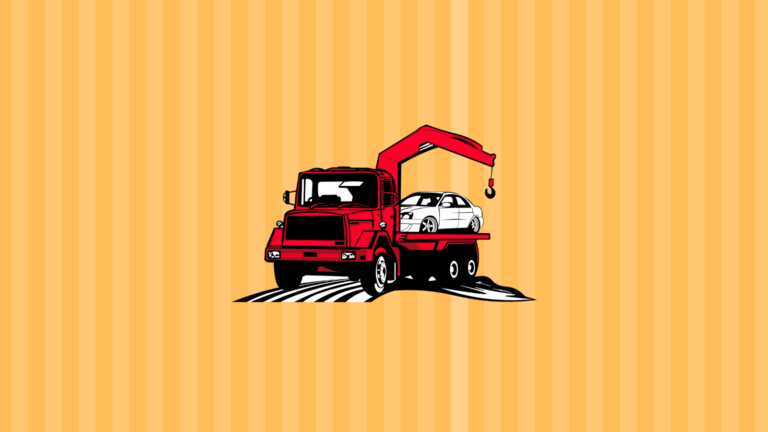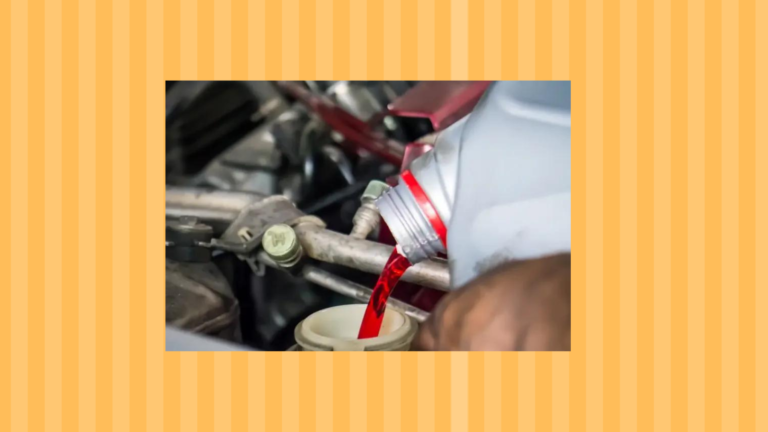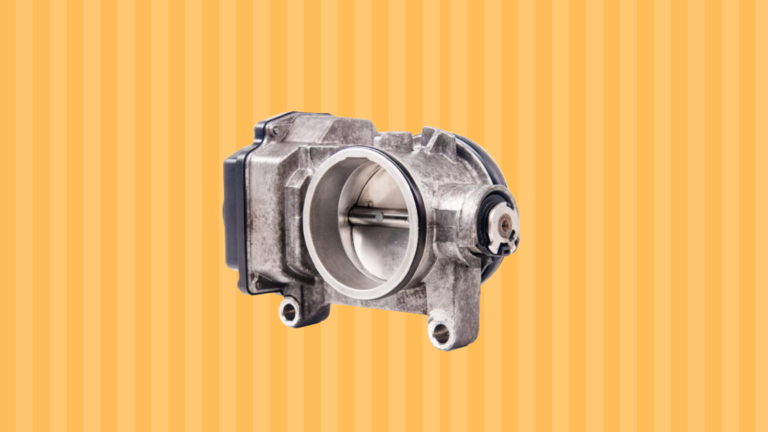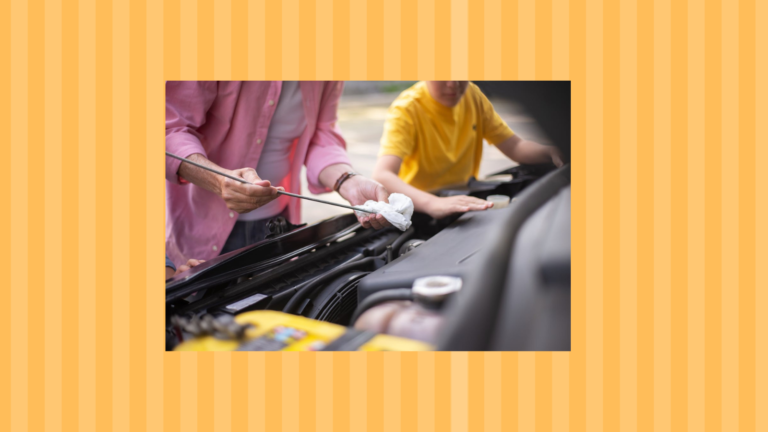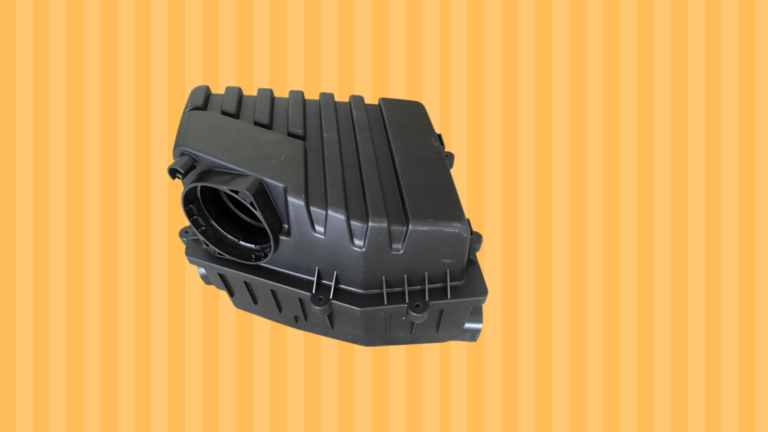Is Bypassing the EVAP Canister a Good Idea? Find Out Now
Can you bypass the EVAP canister in your vehicle? Is this what you are thinking about? You are at the right place!
The EVAP canister captures fuel vapors and prevents those vapors from escaping into the atmosphere. Your vehicle may cause problems if there is any issue with the canister. A quick solution is bypassing it.
Bypassing the EVAP canister can stop certain issues, but it also comes with risks. I will help you know about the EVAP canister and the steps to bypass it.
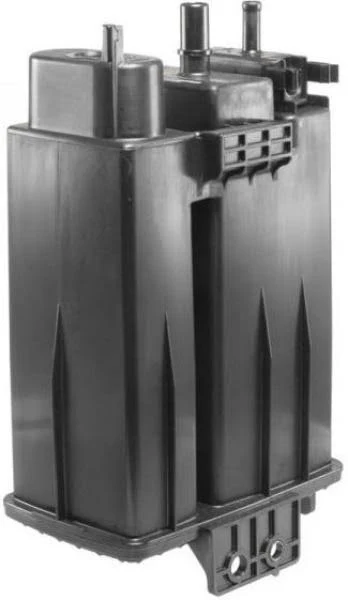
What is an EVAP Canister?
The EVAP canister is a part of the vehicle’s EVAP system that stores and controls the release of fuel vapors created inside the fuel tank.
The canister holds these vapors and sends them back into the engine when needed. This process reduces emissions and ensures the car runs cleaner.
In short, the canister helps keep the air cleaner by trapping harmful vapors before they can escape. Without it, more pollution can enter the environment.
Reasons for EVAP Canister Bypass
Cost of repairs
Fixing the EVAP system can be expensive, leading some to choose bypassing to avoid high repair bills.
Performance problems
A faulty EVAP system can cause poor engine performance, like rough idling or weak acceleration, which may push people to bypass it.
Avoiding warning lights
The EVAP system often triggers the check engine light, which can be annoying. Bypassing can prevent the light from staying on.
Clogged system
If the EVAP canister or lines are clogged, bypassing may seem like a simple solution to keep the vehicle running smoothly.
Old vehicles
For older cars, some owners may decide to bypass the system instead of spending money on parts that are hard to find or no longer needed for daily use.
Steps to Bypass the EVAP Canister
Step1: Gather your tools
Make sure to have all tools ready before starting. Having the right tools will help you work smoothly without any delays.
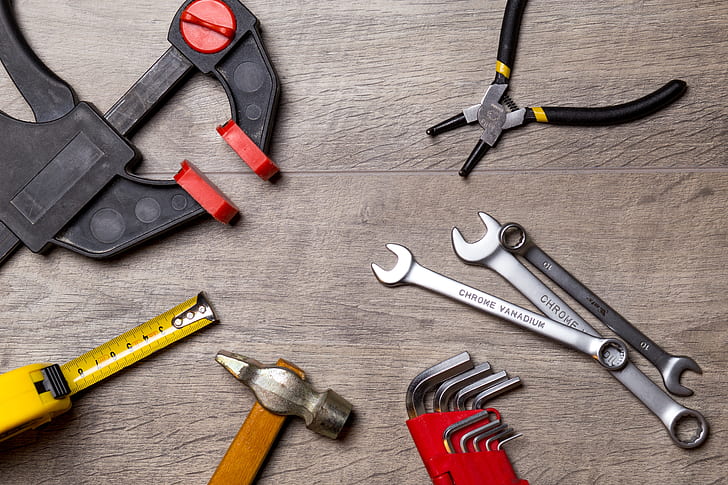
Tools and Supplies
- Rubber hose (if rerouting)
- Basic wrenches or socket set
- Hose clamps
- Vacuum plugs
- Screwdrivers
Step 2: Locate the EVAP canister
You will find the EVAP canister near the fuel tank or under the hood of your car. Check the vehicle’s manual if you are unsure about its location.
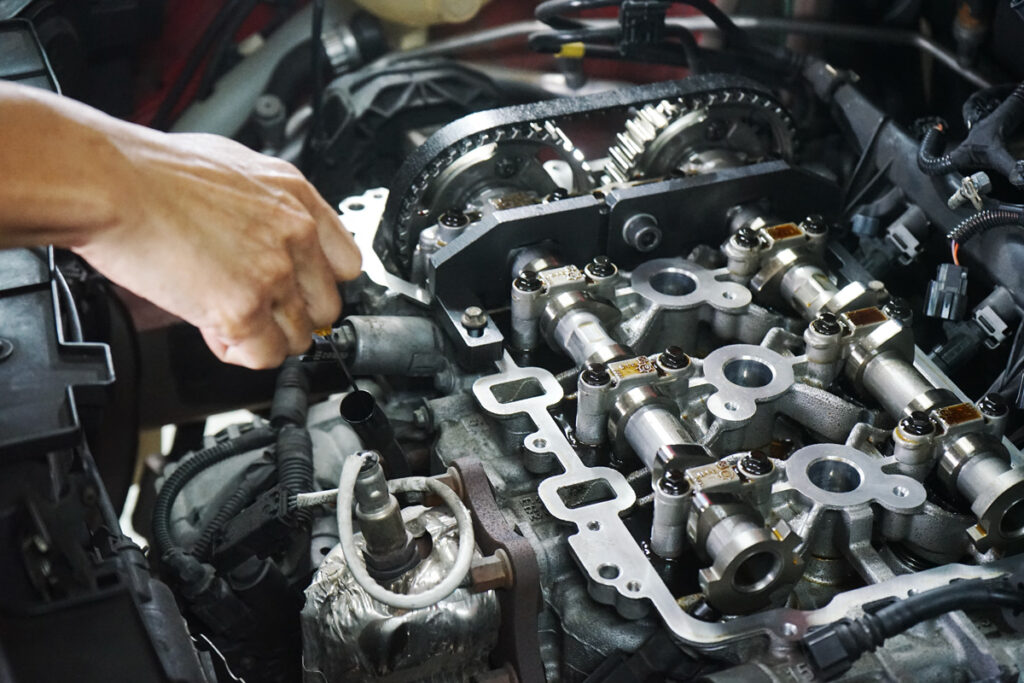
Once found, inspect the hoses and lines connected to it.
Step 3: Disconnect the hoses
Loosen the clamps on the hoses attached to the EVAP canister using a wrench. Slowly remove each hose and make sure to fix it in the correct places later.
Be gentle while disconnecting to avoid damaging any parts.
Step 4: Plug the vacuum lines
After the hoses are removed, use vacuum plugs to seal the open ends of the lines.
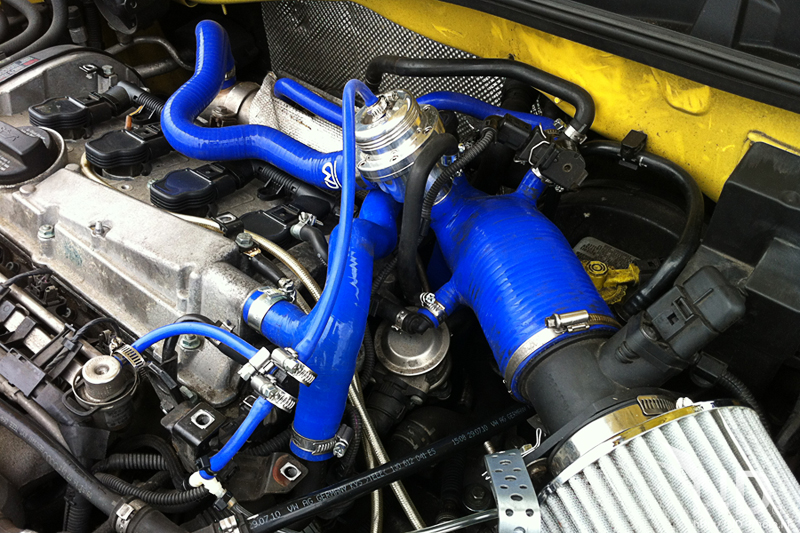
This step is important to prevent any air or fuel vapor leaks, which could cause issues later. Make sure the plugs fit tightly.
Step 5: Reroute if needed
Attach a rubber hose to reroute the vacuum line to another part of the system. Fasten the hose with clamps to avoid any leaks.
Double-check that the new route does not interfere with other parts.
Step 6: Secure all connections
Once the hoses are plugged or rerouted, check that all connections are tight. Use hose clamps to secure any loose ends and make sure no air can escape.
Tight connections help prevent issues with the vehicle’s performance.
Step 7: Check for any warning lights
Start your vehicle and see if any warning lights appear on the dashboard. The check engine light might come on due to the bypass.
You can use an OBD-II scanner to clear any codes if needed, but keep in mind the light may return due to the change.
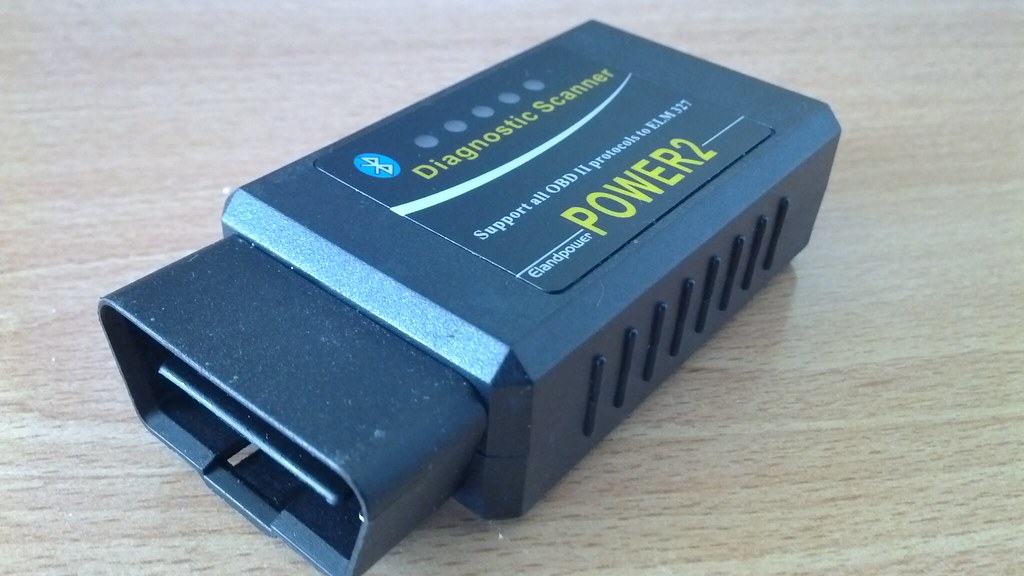
Possible Risks After Bypassing
1. Engine Performance Issues
Removing or bypassing the EVAP canister can affect engine performance. It may experience issues like rough idling or loss of power.
2. Emissions Concerns
Bypassing the EVAP canister can lead to increased emissions as fuel vapors that were once trapped by the canister will now be released into the air. This could result in a higher carbon footprint. Bypassing the EVAP system may result in a failed emission test.
3. Legal and Environmental Impact
In some places, removing or disabling emissions systems is against the law. You may be fined or required to reinstall the system to pass inspections. Additionally, increased emissions contribute to environmental pollution, which is why these systems are in place.
Bypassing the EVAP canister is a decision that comes with risks and potential problems. While it may seem like a quick fix to avoid repairs or performance issues, the long-term consequences should be considered.
FAQ
1. What does an EVAP canister do?
An EVAP canister traps fuel vapors from your fuel tank. It stores them and sends them back to the engine to burn. This helps keep harmful vapors from escaping into the air. It also helps reduce pollution from your car.
2. Why would someone bypass the EVAP canister?
People might bypass the EVAP canister to avoid costly repairs. It may also be done to stop engine performance problems caused by a faulty system. Bypassing can stop the check engine light from staying on. Some drivers with older cars prefer this option to save money.
3. Is bypassing the EVAP canister illegal?
In many places, bypassing emissions control systems like the EVAP canister is illegal. It can lead to fines or problems when trying to pass vehicle inspections. Always check your local laws before making any changes. Ignoring emissions rules can cause bigger issues later.
4. Will bypassing the EVAP canister hurt my engine?
Bypassing the EVAP canister can cause your engine to run differently. You might notice problems like rough idling or loss of power. The car might not run as smoothly as before. Long-term engine health could be affected if the system is bypassed.
5. Can I fix the EVAP system instead of bypassing it?
Yes, repairing or replacing the EVAP canister or other parts is always an option. Fixing the system keeps your vehicle within emissions standards. It can also stop problems without causing further issues. Repairing is often better for your car’s performance in the long run.

My name is Ari, and I’m the owner and copywriter at Tailored Niche and Nichesites.online. I specialize in creating high-quality, niche-focused content that helps businesses stand out online.
I deliver content that connects with your audience and gets real results.
